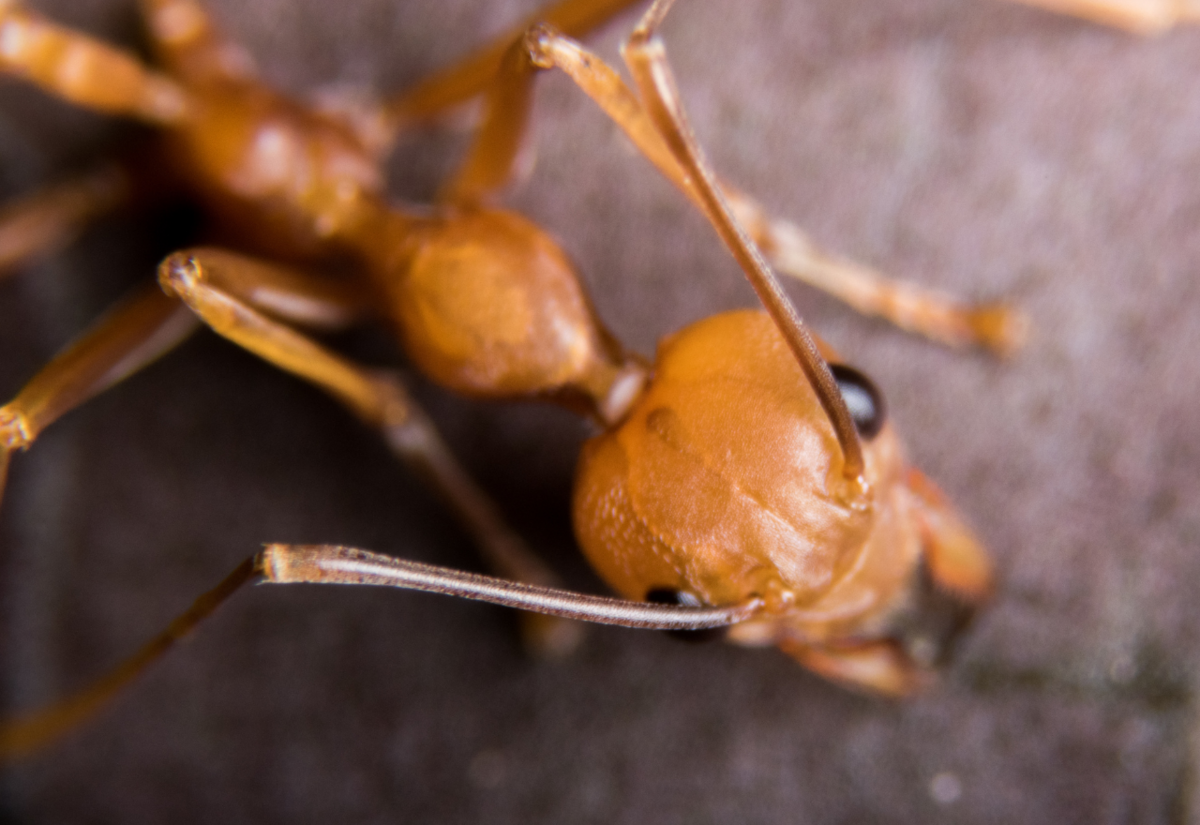NSW Government takes swift action on turf to keep fire ants out of NSW
18 November 2024, 4:30 AM

Following the interception of fire ant-infested turf at Clunes, near Byron Bay, on Wednesday, 13 November, the NSW Government has taken immediate action and placed a temporary suspension of turf movements from heavily infested fire ant areas of Southeast Queensland.
A new Biosecurity Emergency Order (No. 15) was published on Friday, 15 November, to include the immediate temporary suspension of turf.
The move is designed to mitigate the risk of fire ant movements into NSW.
Queensland residents who handle materials like soil, hay, turf and potted plants sourced from within the Queensland-defined fire ant biosecurity zones are legally required to follow measures to reduce the risk of spreading fire ants, as outlined in the Biosecurity Regulation 2016 (QLD) as well as any other requirements of the receiving state or territory.
The NSW Fire Ant Program has recently stepped up efforts to prevent the spread of fire ants with the launch of proactive early detection surveillance across northern New South Wales.
The initiative uses specially trained detection dogs and human surveillance teams to monitor high-risk sites to detect and prevent the establishment of fire ants in NSW.
Surveillance will target high-risk locations identified through tracing of fire ant carrier materials, such as turf, soil, and other landscaping materials, along with areas highlighted by habitat suitability modelling.
While fire ants continue to pose a serious threat across Australia, the NSW Fire Ant Program represents a significant step forward in the Government’s fight to keep the state fire-ant-free.
Minister for Agriculture Tara Moriarty said, "The temporary suspension of turf delivery from fire ant-infested areas is a necessary step to mitigate the movement of these highly invasive pests.
“By ramping up surveillance focusing on high-risk areas and employing advanced tracking and modelling techniques, we’re taking strong preventative measures to stop fire ants from establishing here."
“We’ve proven that when fire ants are detected in NSW, we will respond quickly to stamp them out as soon as possible, and it’s thanks to the thousands of sets of eyes that report in suspected sightings.
“Fire ants won’t march into NSW they will either be carried with materials such as soil, mulch, hay and turf, or fly in by natural spread from QLD, which is why we’re ramping up surveillance in these high-risk areas.
“Biosecurity is everyone’s responsibility, so it’s critical that businesses moving these types of materials comply with the Biosecurity (Fire Ant) Emergency Order.”
NSW Chief Invasive Species Officer Scott Charlton said, “Under our existing emergency measures turf needs to be treated both prior to harvest and immediately after laying in NSW.
“Suppliers also need ensure a Record of Movement is declared, relevant certification and documents are retained, turf is labelled and transported in preventative conditions, which for turf means keeping off the ground and covering until it reaches its destination.

